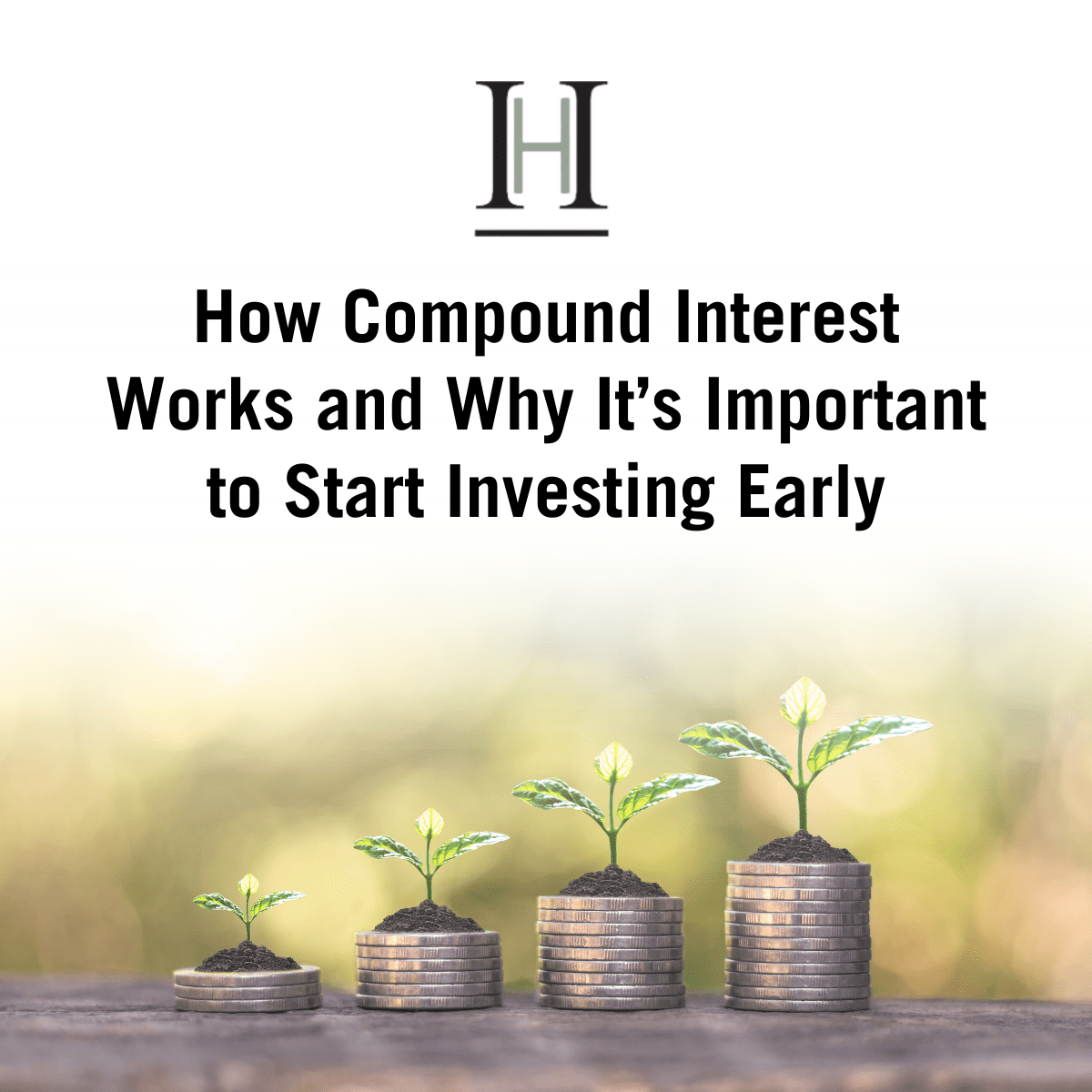Understanding How Compound Interest Works in Investments

Anúncios
Compound interest is a significant financial concept that can greatly enhance investment returns over time. This article provides a comprehensive exploration of the definition and fundamental principles of compound interest, emphasizing its advantages for maximizing returns and fostering long-term growth.
We will detail the methods for calculating compound interest using straightforward formulas and relevant real-life examples. Additionally, we will examine the key factors that influence compound interest and present effective strategies for leveraging this financial tool through diversification and risk management.
Engage with us as we reveal the strategies to effectively utilize compound interest for financial benefit.
Definition and Basic Concept
Compound interest is a fundamental financial concept that refers to the process whereby interest earned on an investment is reinvested to generate additional interest over time, resulting in exponential growth of the investment’s future value. This principle is crucial for understanding how savings accounts, bonds, and various investment vehicles, such as mutual funds, can contribute to significant financial growth.
Anúncios
By comprehending the relationship between the principal amount, interest rate, time period, and compounding frequency, individuals can optimize their investment strategies, ultimately facilitating wealth accumulation and financial independence.
In contrast to simple interest, which is calculated solely on the principal amount, compound interest enables earnings to build upon themselves, creating a compounding effect that can substantially enhance returns over time. This distinction emphasizes the importance of initiating investments early, as the compounding effect can significantly increase the total amount earned, particularly when higher interest rates and longer time horizons are involved.
Understanding compound interest is essential for establishing and achieving personal financial goals, give the power toing individuals to make informed decisions that align with their long-term aspirations for stability and wealth.
Benefits of Compound Interest in Investments
The advantages of compound interest in investments are substantial, as it functions as a potent mechanism for promoting financial growth and optimizing investment returns over the long term.
By permitting interest to accrue on both the initial principal and the previously earned interest, investors may witness a significant enhancement in the future value of their assets. This compounding effect is especially advantageous for individuals aiming to create passive income streams through strategic portfolio diversification, capital preservation, and comprehensive financial planning, ultimately resulting in considerable wealth accumulation.
Maximizing Returns and Long-Term Growth
To maximize returns and achieve long-term growth, investors must formulate a robust investment strategy that takes into account various factors, including interest rates, investment horizon, and the projected growth of savings over time.
By judiciously selecting investment vehicles such as the stock market, bonds, or mutual funds, individuals can leverage the benefits of compound interest to enhance their overall investment performance. Additionally, a thorough understanding of market trends and economic indicators is essential for making informed decisions that align with financial objectives and risk tolerance.
One effective approach is to make regular contributions to investment accounts, as this practice can significantly amplify the advantages of compounding. For example, a consistent monthly investment in a diversified portfolio can yield substantial growth over time, even in the presence of modest interest rates.
Furthermore, analyzing the effects of different compounding frequencies—such as daily versus annual compounding—can lead to varying outcomes, with daily compounding typically resulting in greater interest accumulation compared to less frequent compounding options.
Successful investors often diversify their portfolios by combining various asset classes, including Real Estate Investment Trusts (REITs), Exchange-Traded Funds (ETFs), and stocks, to mitigate risk and capitalize on growth opportunities.
By remaining informed and adjusting strategies in response to changing interest rates and economic conditions, investors can further optimize their investment results.
Calculating Compound Interest
Calculating compound interest is a fundamental aspect of understanding the growth of investments over time. This process involves the application of specific formulas that take into account the principal amount, interest rate, compounding frequency, and time period.
By accurately determining future cash flows, investors are equipped to evaluate the potential returns of various investment options, facilitating informed financial planning decisions.
The formula employed in compound interest calculations underscores the importance of reinvestment and illustrates the overall impact of time on financial growth.
Formulas and Examples
The standard formula for calculating compound interest is expressed as A = P(1 + r/n)^(nt), where A denotes the future value, P represents the principal amount, r is the annual interest rate, n signifies the number of times interest is compounded per year, and t indicates the duration in years for which the money is invested or borrowed.
Utilizing this formula through various examples can provide valuable insights into how different variables influence the overall interest calculation, as well as the distinction between future value and present value.
For example, should an individual invest $1,000 at an annual interest rate of 5%, compounded monthly over a period of 10 years, the future value can be computed using the formula A = 1000(1 + 0.05/12)^(12*10). This calculation exemplifies how a modest initial investment can substantially appreciate over time.
Furthermore, an increase in the interest rate to 7% or a modification of the compounding frequency to quarterly would result in significantly different outcomes, highlighting the critical nature of these factors in financial planning.
A comprehensive understanding of how these elements interact is essential for individuals aiming to make informed decisions regarding savings, loans, and investments, ultimately leading to optimized financial outcomes.
Factors Affecting Compound Interest
Several key factors significantly influence compound interest, including interest rates, the duration of the investment, and the frequency of compounding. These elements collectively determine the overall growth of an investment portfolio.
A thorough understanding of these factors is essential for investors as they navigate market volatility and economic cycles, enabling them to optimize their investment strategies while effectively managing risk and return.
By analyzing economic indicators and their relationship with compound interest, individuals can make more informed financial decisions that align with their long-term financial objectives.
Interest Rates and Time Period
Interest rates and the duration of an investment are two of the most significant factors influencing the efficacy of compound interest in facilitating financial growth. Elevated interest rates can result in substantial increases in the returns from savings accounts, while an extended investment period allows for a greater number of compounding cycles, ultimately enhancing wealth accumulation.
Investors must also take into account the impact of inflation, which can diminish real returns over time, necessitating the selection of investment vehicles that effectively mitigate this risk.
For example, a savings account with a 3% interest rate may initially appear attractive; however, if inflation reaches 2%, the effective real return is reduced to only 1%. Conversely, investing in equities during a robust economic period can yield returns that significantly surpass inflation rates.
A historical illustration of this phenomenon can be seen in the 1980s, when rising interest rates resulted in a substantial increase in savings account yields, thereby incentivizing individuals to prioritize saving over spending.
This dynamic underscores the importance for investors to remain vigilant regarding both interest rates and inflation when formulating their financial strategies.
Strategies for Utilizing Compound Interest
Implementing effective strategies for utilizing compound interest is crucial for investors aiming to build wealth and achieve financial independence, particularly through diversification and risk management practices.
By strategically allocating assets across various investment vehicles, including stocks, bonds, and mutual funds, individuals can mitigate risks while maximizing the advantages of compound interest.
Furthermore, establishing a comprehensive savings plan that prioritizes consistent contributions can enhance passive income streams and facilitate long-term financial planning.
Diversification and Risk Management
Diversification and risk management are essential elements of a successful investment strategy that utilizes the advantages of compound interest to enhance returns while minimizing potential losses. By distributing investments across various asset classes, such as equities, fixed income, and alternative investments, investors can construct a balanced portfolio that is tailored to their individual risk tolerance and financial objectives.
This methodology not only aids in reducing market volatility but also facilitates consistent compounding of returns across different investment vehicles.
Additionally, employing strategies such as sector allocation and geographic diversification can further strengthen the resilience of an investment portfolio. For instance, integrating international stocks alongside domestic equities can provide a buffer against localized economic downturns.
Implementing risk management strategies, including the use of stop-loss orders or options for hedging, can act as protective measures against significant market declines while preserving growth potential.
These strategies contribute to a more sustainable investment journey, give the power toing individuals to navigate market fluctuations and ultimately achieve their financial goals.
Frequently Asked Questions
What is compound interest and how does it work in investments?
Compound interest is the interest earned on both the original investment and previously accumulated interest. In investments, it means that your interest will be reinvested, leading to higher returns over time.
How is compound interest different from simple interest?
Simple interest is calculated only on the initial investment amount, while compound interest takes into account the accumulated interest as well. This means that compound interest leads to a higher return on investment compared to simple interest.
What is the power of compounding in investments?
The power of compounding refers to the exponential growth of your investment due to the reinvestment of interest. As your investment grows, the interest earned also increases, leading to even higher returns in the future.
How does the frequency of compounding affect investments?
The more frequently interest is compounded, the higher the return on investment will be. For example, if interest is compounded annually instead of monthly, the overall return will be lower.
What is the difference between compound interest and annual percentage yield (APY)?
Compound interest is the calculation of interest earned on the initial investment plus previously accumulated interest, while APY takes into account the effect of compounding on the overall return. APY is generally a more accurate representation of the true return on an investment.
Can compound interest work against me in investments?
Yes, if you have loans or debts that charge compound interest, it can work against you. This means that your debt will continue to grow as interest is added to both the principal amount and previously accumulated interest. It is important to carefully consider the effect of compound interest when taking on any type of loan or debt.


